Winners of the 2019 Fire and Ice Kids Art Contest
Announcing the winners of the 2019 Fire and Ice Kids Art Contest hosted by Frogs Are Green. It was our 10th annual contest and we had a wonderful response from around the world and right here in the USA, from California to Florida, and Jersey City.
Thanks to our judges for 2019: Wendell Minor, Amy Elise de Jong, Jenna Firshein, Louis Aligo, Beverly D’Andrea and Mark Lerer.
Winners – Ages 3-6
1st place: NG Pak Hay Hayden, 5 years old, Hong Kong
2nd place: Chatchayanich Worabut, 6 years old, Thailand
3rd place: Mak Marcella Carissa, 4 years old, Hong Kong
Honorable Mentions:
Lai Wing Ka, 5 years old, Hong Kong
Or Hoi Man, Hailey, 4 years old, Hong Kong
Lui Yan Hei, Gloria, 4 years old, Hong Kong
Huang Tzu Chiao, 5 years old, Taiwan
Fong Shing Yan, Romeo, 4 years old, Hong Kong
Winners: Ages 7-9
1st place: Lucas Nam, 9 years old, California, USA
2nd place: Wimootta Aramsaengchan, 8 years old, Thailand
3rd place: Claire Chong, 9 years old, California, USA
Honorable Mentions:
Huang Tzu Wei, 8 years old, Taiwan
Grace Gao, 9 years old, USA
Duru Karadede, 9 years old, Turkey
Winners: Ages 10-12
1st place: Angela Kim, 11 years old, California, USA
2nd place: Viara Pencheva, 10 years old, Bulgaria
3rd place: Olivia Jung, 12 years old, Canada
Honorable Mentions:
Napatson Nurat, 12 years old, Thailand
Emelin Saldana-Montes, 11 years old, MS 40, New Jersey, USA
Destiny Garcia, 11 years old, MS 40, New Jersey, USA
Worth Lodriga, 10 years old, Philippines
Kate Yeaseo Jeong, 11 years old, California, USA
Winners; Ages 13-17
1st place: Jude Atchley, 16 years old, McNair Academic High School, Jersey City, NJ, USA
2nd place: Seohee Choi, 14 years old, California, USA
3rd place: Sujita Kongvach, 17 years old, Thailand
Honorable Mentions:
Amelia Stebbing, 17 years old, Florida, USA
Grace Thomas, 16 years old, USA
Ream Elkawaga, Age 16, McNair Academic High School, Jersey City, NJ, USA
Ekansha Tabhane, 13 years old, USA
Winners of “Best Environmental Message 2019”
1st Place: Zhang Anwen, 6 years old, Hong Kong
2nd Place: Jude Atchley, 16 years old, Jersey City, New Jersey, USA
3rd Place: Fong Yuk Chit, 8 years old, Hong Kong
Honorable Mentions:
Huang Tzu Chiao, 5 years old, Taiwan
Wirin Sukthongchalyakul,7 years old, Thailand
Chan Man Yee, 6 years old, Hong Kong
Kumud Pathak, 9 years old, USA
Jerrick Kamaraj, 11 years old, Jersey City, New Jersey, USA
Katha Patel, grade 12, Jersey City, NJ, USA
Winners of “Best Black and White Artwork 2019”
1st Place: Setthasan Jirathanaprasert, 14 years old, Thailand
2nd Place: Hermes Tsai, 9 years old, USA
3rd Place: Kyeongwon Lee, 15 years old, USA
Honorable Mention:
Sunattra Kongrach, 15 years old, Thailand
Winners of “Best 3D Artwork 2019”
1st Place: Seohee Choi, 14 years old, California, USA
2nd Place: Kate Yeaseo Jeong, 11 years old, California, USA
3rd Place: Claire Chong, 9 years old, California, USA
Honorable Mentions:
Chloe Jin, 10 years old, California, USA
Kristina Danilenko, 7 years old, Russia, Siberia

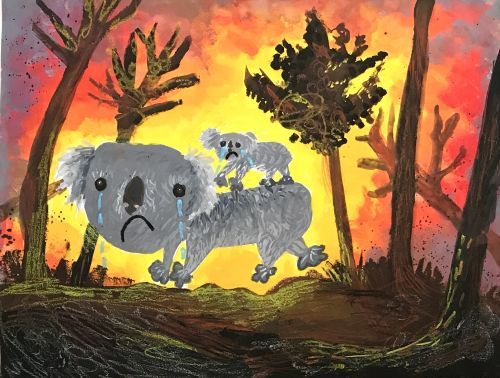









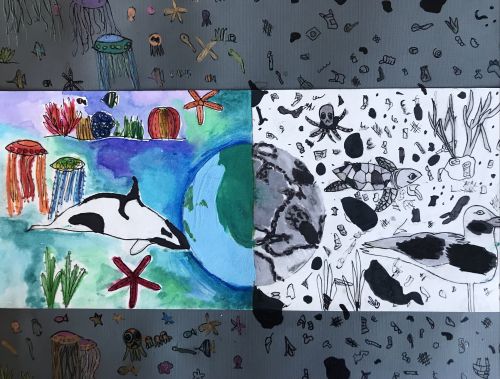






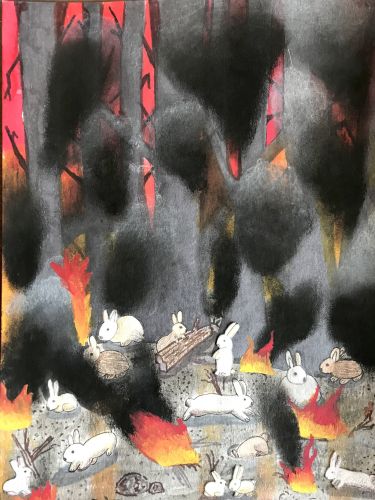








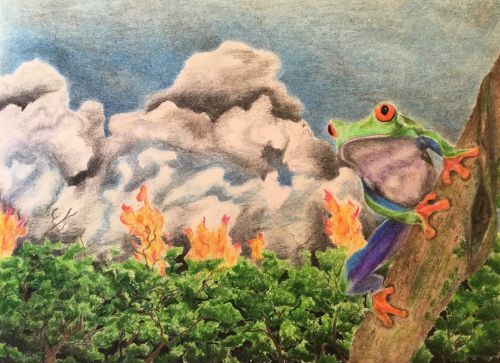







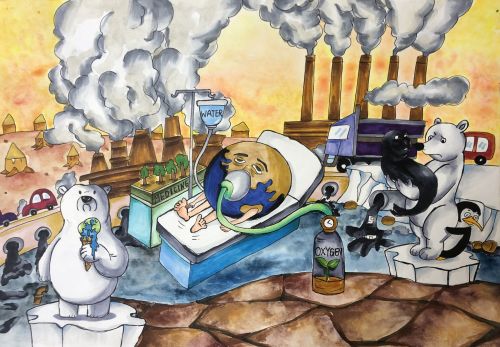









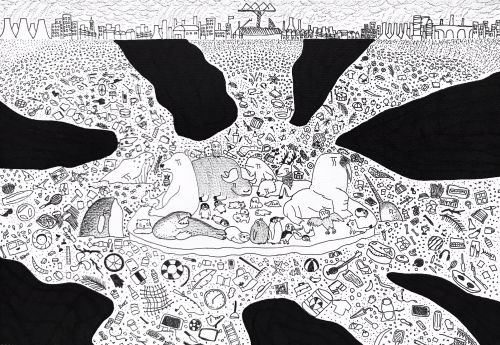




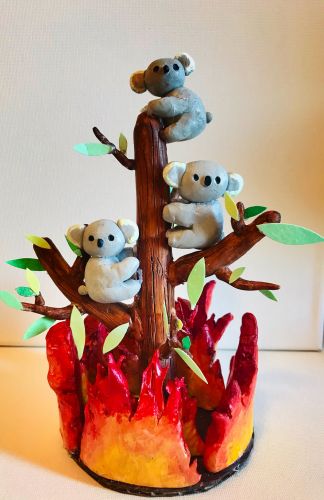







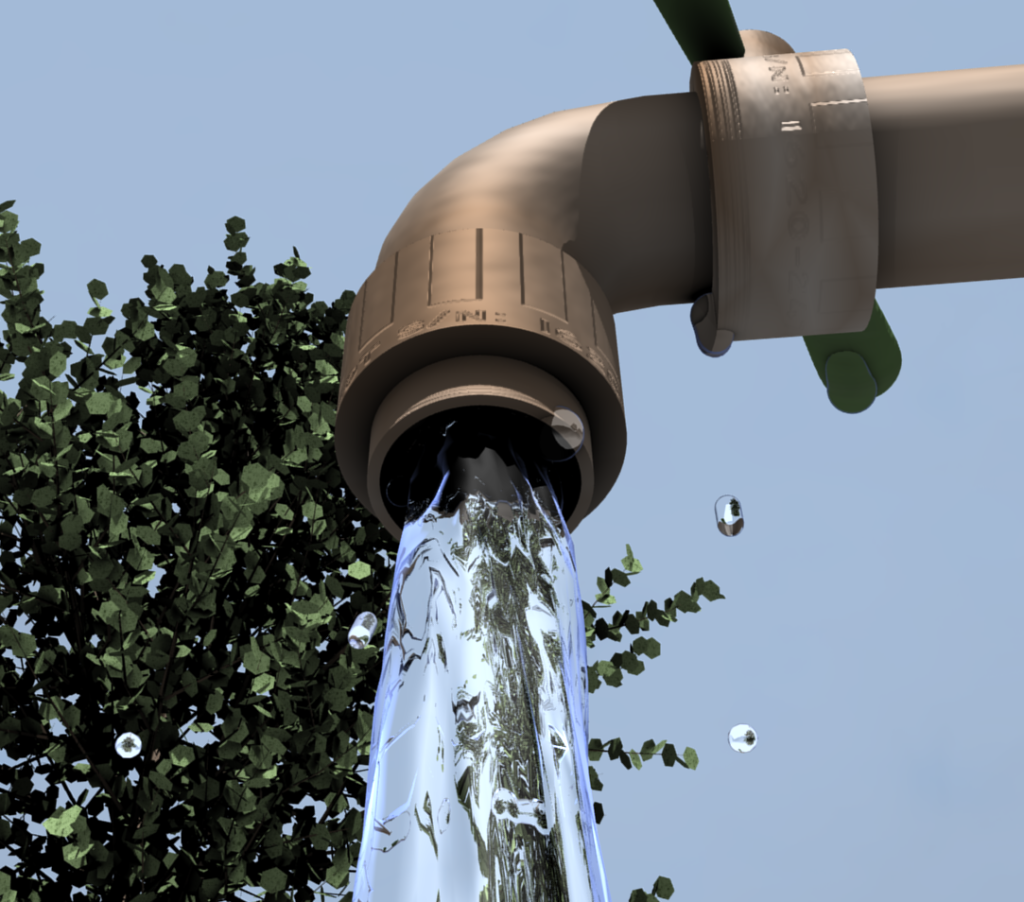



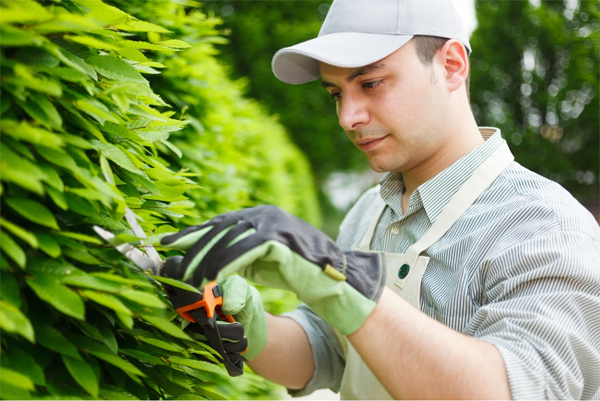
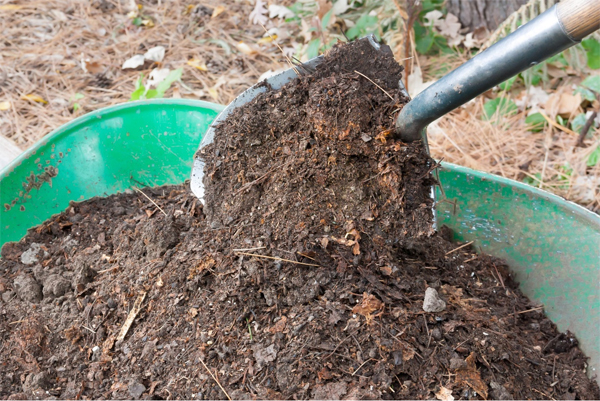
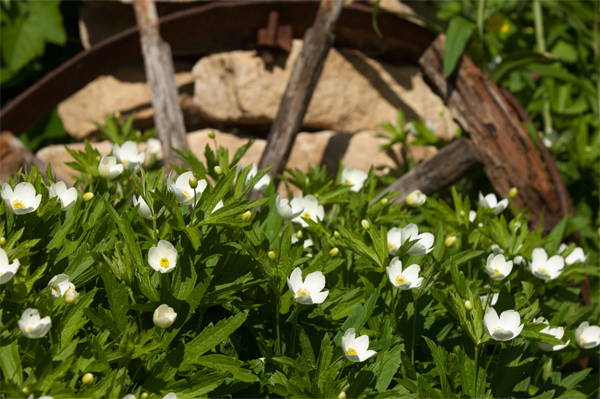
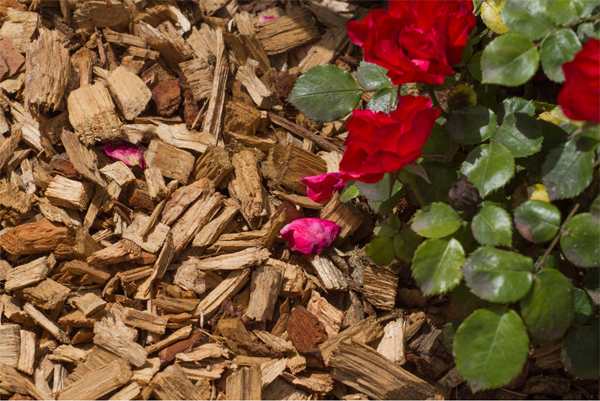
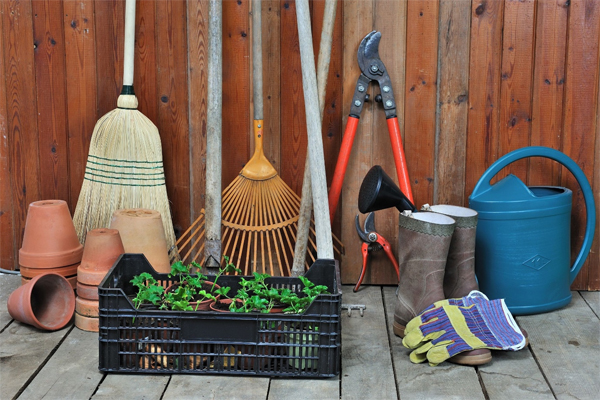
![By Tim Evanson [CC BY-SA 2.0 (http://creativecommons.org/licenses/by-sa/2.0)], via Wikimedia Commons](http://frogsaregreen.org/wp-content/uploads/2015/10/Bernice_1_and_2_moisture_flare_-_Arnegard_North_Dakota_-_2013-07-04.jpg)